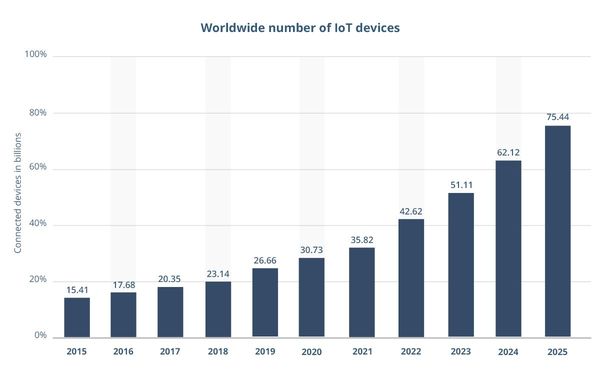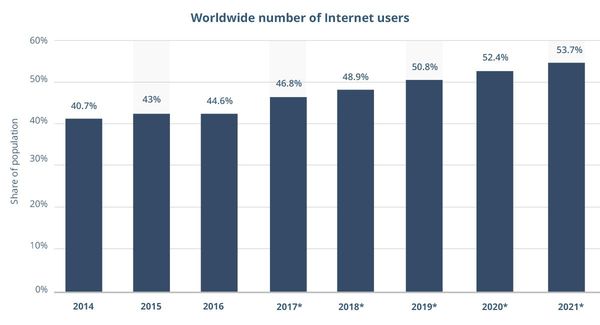Software trends and their influence on QA and testing
by Helen Johnson | May 23, 2018 8:59 am
QA (Quality Assurance) and software testing trends are prescribed by tendencies of software development and IT innovations. To know what to expect in the field of testing, let’s have a look at software development trends of 2018 and further.
Internet of Things (IoT) boom
The concept of smart home has already grasped much attention, and new solutions appear very fast. According to Statista, the worldwide number of IoT devices will reach 30.73 billion in 2020 and 75.44 billion in 2025. And the size of global IoT market will equal US $475.29 billion in 2020.

IoT solutions[1] consist of a hardware controlled by a dedicated software. They can be interconnected via Bluetooth or Internet. A weak point of IoT technologies is security. According to the reports conducted by HP (Hewlett-Packard), almost 70% of IoT systems are vulnerable to security issues.
Growth of Internet users
Digital transformation increases the number of Internet users. In 2016, there were 3.5 billion of Internet users all over the world, e.g., 45% of global population, in 2017 – 46.8%. Statista predicts the growth of population accessed Internet – 50.8% in 2019 and 53.7% in 2021.

The number of global mobile Internet users also grows. In January 2018, there were 3.7 billion of unique mobile Internet users. People use mobile devices to surf the Internet. It is an interesting fact that Kenya has the highest rate of mobile Internet traffic. Besides, people prefer to make online purchases using their smartphones.
Artificial Intelligence
We have already talked about the state of AI adoption[2] and machine learning. A number of companies from different market niches are implementing and are going to implement AI technologies. Chatbots and personal assistants like Siri and Google Assistant become more sophisticated.
How the mentioned above IT trends influence QA and testing[3]
- The digital transformation goes along with Agile methodology and DevOps.
- IoT and cloud computing[4] make QA companies apply the principle of big data testing.
- High market competence makes manufacturers reduce delivery cycles, and test automation is considered to be an effective solution.
- The growth of mobile market and diversity of mobile devices lead to the development of mobile automation.
- Integrability is a must for current software, and API testing is required.
- The Diversity of mobile devices requires verification of software compatibility.
Learn more from QATestLab
Related Posts:
- IoT solutions: https://blog.qatestlab.com/2018/04/12/iot-projects-fail/
- AI adoption: https://blog.qatestlab.com/2018/05/16/artificial-intelligence-adoption/
- QA and testing: https://blog.qatestlab.com/2011/04/07/what-is-the-difference-between-qa-and-testing/
- cloud computing: https://blog.qatestlab.com/2018/01/15/cloud-computing-trends/
- Software Testing in 2024: Innovations and Transformations: https://blog.qatestlab.com/2023/12/20/software-testing-in-2024-innovations-and-transformations/
- Top 8 Trends in Mobile App Development for 2020: https://blog.qatestlab.com/2019/11/05/mobile-app-development-2020/
- Digitization, Digitalization, And Digital Transformation: What is the difference?: https://blog.qatestlab.com/2019/10/24/digitization-digitalization-digital-transformation/
Source URL: https://blog.qatestlab.com/2018/05/23/software-qa-trends/

